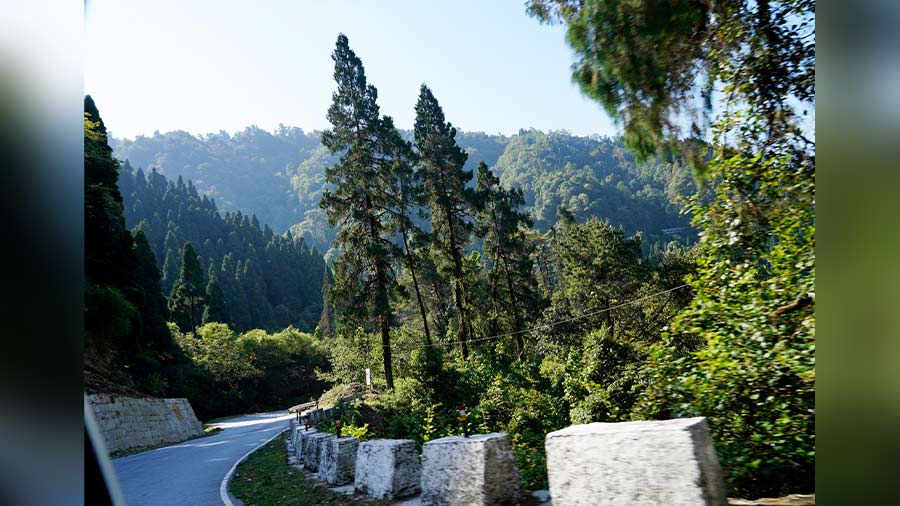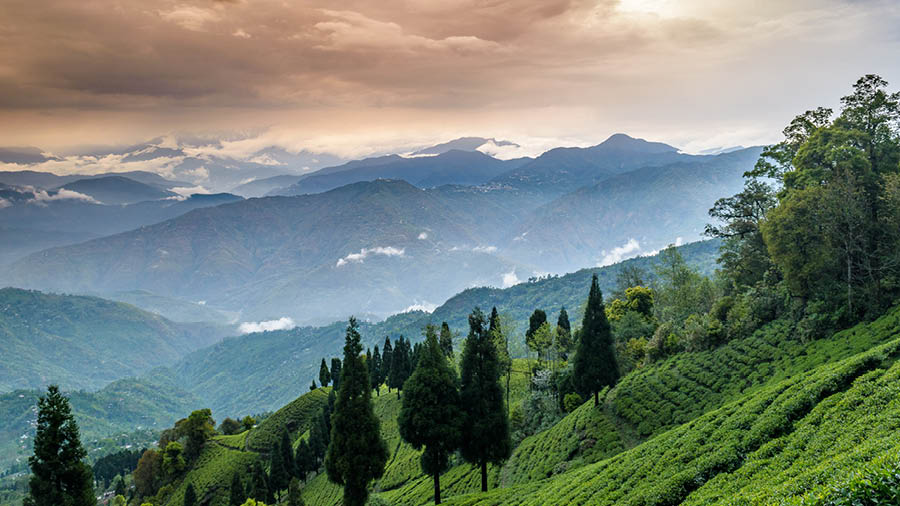Though it is the age of Google maps, Instagram reels and video blogging, surprisingly there are still many hamlets in Darjeeling district that remain unknown to the majority of tourists. It is a blessing for those travelers who are tired of the crowds at Darjeeling and are looking for a place to simply unwind for some days, enjoying mountain air, cherishing the beauty of local flowers and butterflies, tasting local food and taking hikes in the nearby forests. One such nest in the hills is Chota Mangwa, which is still devoid of hordes of tourists.

One of the few homestays at Chota Mangwa Amitabha Gupta
It is the magical silence, with occasional natural sounds, which makes Chota Mangwa stand apart from other similar getaways in the hills. If you sit outside sipping your tea accompanied by local snacks in the evening, you will be enthralled to have fireflies dancing around while crickets sing in unison in the backdrop. If you are extremely lucky you may get a moonlit night and spot the glowing peaks of Kangchenjunga range with star studded sky in the horizon.
There are two villages on a hill in Kalimpong district, named Chhota Mangwa and Bara Mangwa, separated by a distance of 9 km. You can find finger millet (Bajra or Ragi) being cultivated on this hill. The Lepcha people of the hills call it ‘Maong-waa’. The village that is on the lower part of the hill is Bara Mangwa. It has slightly more facilities for tourists, while Chota Mangwa on the hill top has standard home stays with all amenities plus the seclusion and mountain views. Finger millet has been long replaced by orange plantations grown by the 200 odd families living in the Mangwa hills. Also they cultivate Tamarillo or Tree tomato, cardamom, lemon, litchis, squash and a wild berry, named lopsi. The oranges grown at Bara Mangwa are a bit larger in size, but nevertheless the fruits of both settlements taste equally sweet. Pity that the orchards are leased and one cannot buy loads of oranges from the villages. However, one can pick only those which have fallen down the tree on its own.
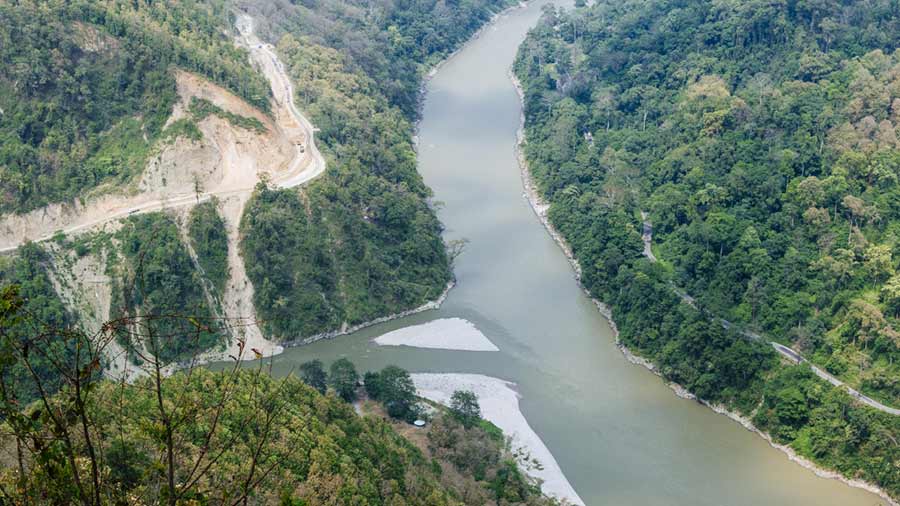
Confluence of Teesta River and Rangeet River from Lover's Point Subhrajyoti Saha, Wikimedia Commons
If you are coming from Darjeeling or from Siliguri, you venture to the Mangwa hill from Teesta Bazar. The road from Darjeeling to Teesta Bazar is more scenic as you pass by the forests of Lamahatta, Peshok Tea Gardens and the Lover’s View Point, from where one can see the confluence of Rangit and Teesta River.

Peshok Tea garden on way to Chota Mangwa from Darjeeling Soumya Bandopadhyay
You first cross Bara Mangwa while going uphill and then pass by Takling village, from where the road starts getting bumpier. During the season, you may see oranges hanging from orchards too. Avocados are seen almost all the time. Driving past Takling village you may almost miss the Takling Phunchok Choeling Monastery perched on a small hillock. You can drive up to the monastery which stands pretty at a height of 3950 feet. It is an ancient Tamang Monastery, which was established over 100 years ago by its founder Lama Urgen Tenzin Sangpo. The two-storeyed monastery with a Chorten in its front and two gates celebrated its 108 year in November last year.

Talking Phunchok Choeling Monastery at Talking village is over 100 years old Amitabha Gupta
From the monastery, one has to drive for around 4 to 5 km on a bumpy road depending on the location of your homestay to Chota Mangwa.
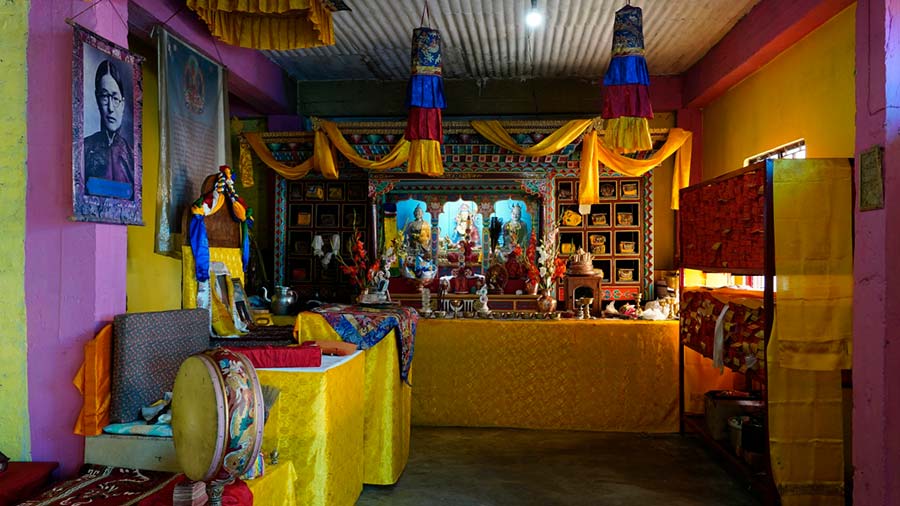
Interiors of Urgen Dechen choiling monastery located about 1 km north from Chota Mangwa Amitabha Gupta
Irrespective of the location of your homestay at Chota Mangwa, you will find a friendly host who will welcome you as their extended family member. You can chat with your host sitting in their kitchen or take a stroll around the village talking with the residents, who are enthusiastic to start up conversation.
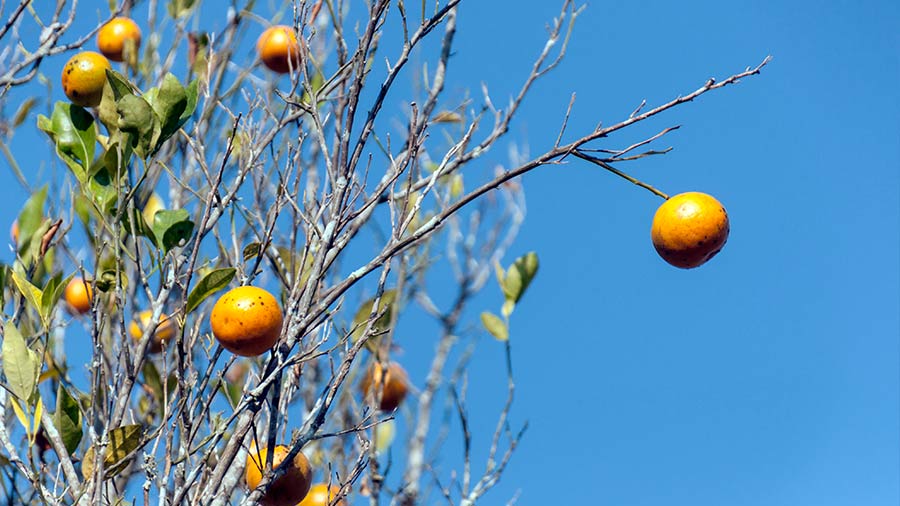
Over 200 families in Mangwa hills have orange plantations Amitabha Gupta
Check out the squash plants or the hanging Tamarillos from branches as tree tomatoes are not commonly seen. There are numerous short cuts in the village locally known as Chor Bato, which are fun to explore as you check out various kinds of lilies and orchids which bloom in the area.
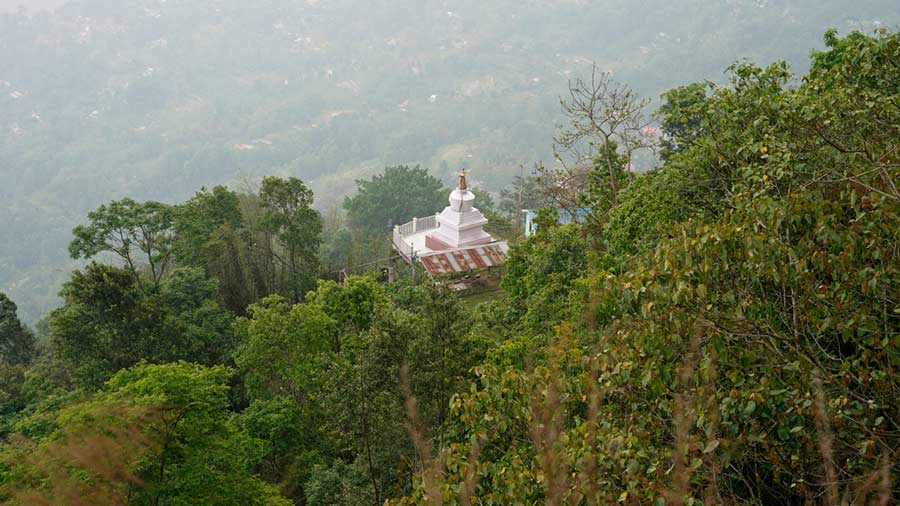
The Chorten of Dupkhang Choi Khorling Monastery as seen while hiking downhill Amitabha Gupta
On a clear day not only Mt. Kanchendzonga is visible from Chota Mangwa but also a major part of Sikkim hills is visible. In the night, the well lit hills of Kalimpong are worth watching. If you are interested in activities other than lazing while basking in nature’s lap, you can try out some hikes. One such hike takes you through a serene valley with small waterfalls in the vicinity to a rather nondescript Urgen Dechen choiling monastery. The hike is easy and is recommended for everyone irrespective of their age. The second is rather moderately difficult and a bit adventurous, where after crossing some fields in a slope, you have to go downhill through a path full of loose stones to land up at another monastery named Dupkhang Choi Khorling Monastery. Both the monasteries look new compared to the Talking monastery.
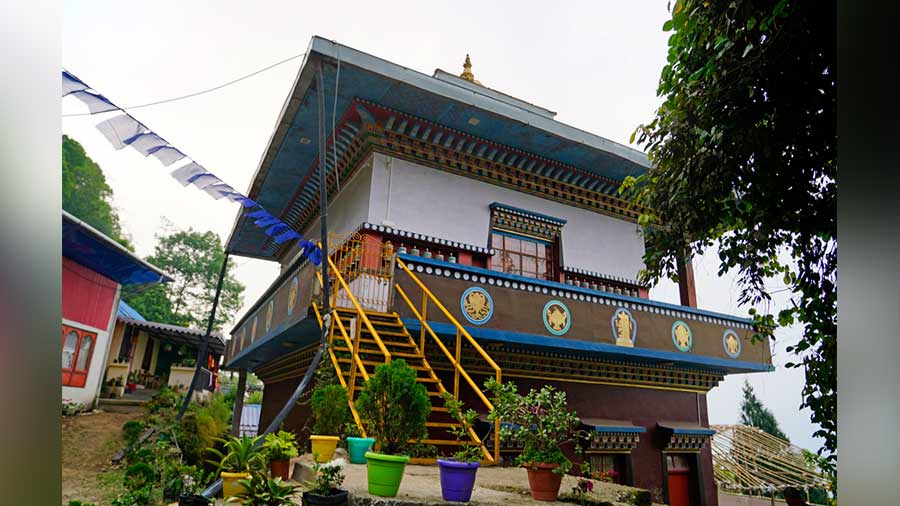
Dupkhang Choi Khorling Monastery exteriors Amitabha Gupta
Chota Mangwa is a perfect getaway for a weekend leisure trip. One can visit Tinchuley, Lamahatta or Takdah from Chota Mangwa for an extended holiday.
Travel details:
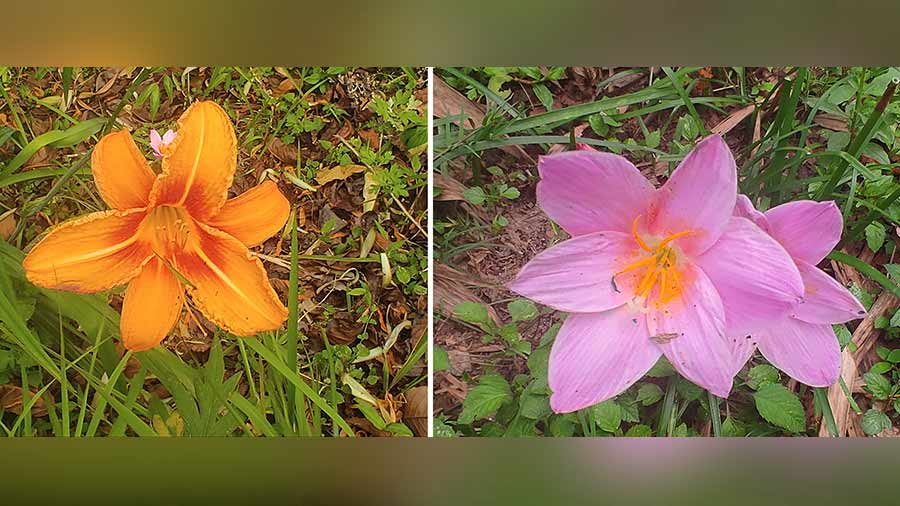
Various kinds of lilies bloom at Chota Mangwa Amitabha Gupta
Chota Mangwa has quite a number of accommodation facilities. To choose between them as per budget one may contact Offbeat Weekend at 9874216054/ 8017412587

